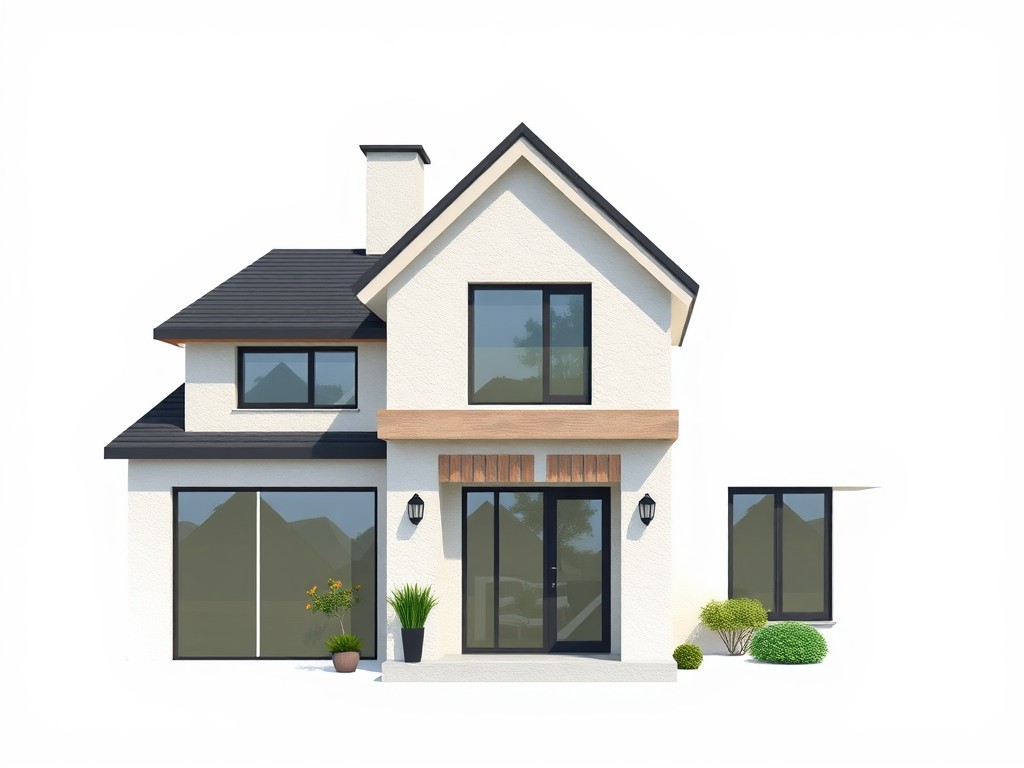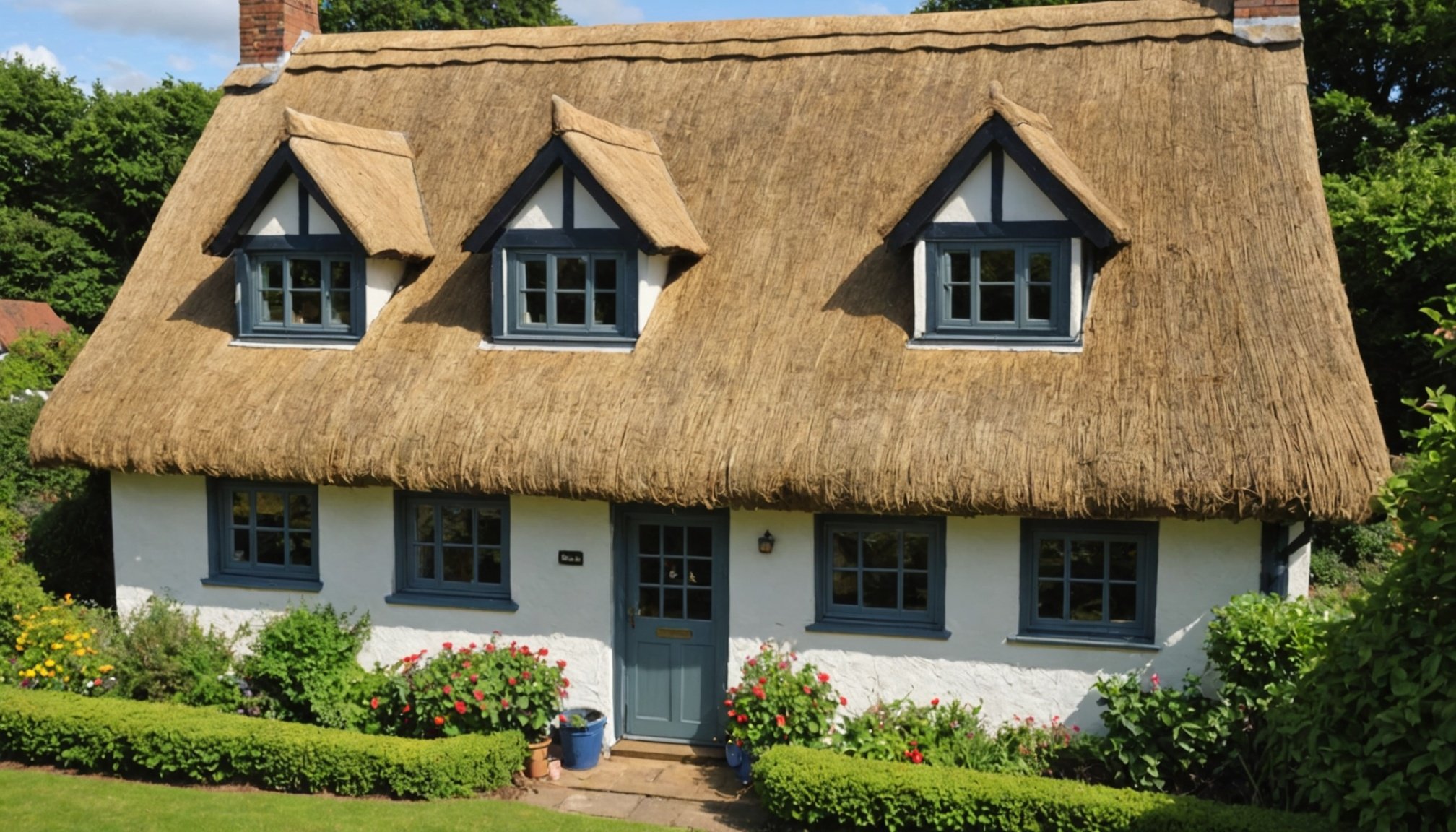Overview of Insurance for Thatched Roof Homes in Devon
As quaint as they are, thatched roof homes in Devon require specialized insurance coverage due to their unique characteristics. Traditional roofing materials like straw or reeds make these homes aesthetically pleasing but can pose higher fire risks compared to conventional roofing, thus impacting insurance guidelines. This necessitates tailored policies that specifically address the needs of these structures.
Devon homeowners with thatched roofs must navigate policies that assess multiple factors, such as the materials used and the home’s location. These specifics influence the cost and conditions of thatched roof insurance. Insurers often require more rigorous property maintenance and fire prevention measures, such as wiring inspections and proximity to fire hydrants, to mitigate associated risks.
A lire aussi : Navigating the Challenges of Rural Estate Management in Northern Ireland: Key Insights and Solutions
Trends across Devon indicate a growing awareness among insurers of the distinct nature of these homes, leading to more comprehensive policies that cater to their specific needs. This means Devon homeowners are increasingly offered policies that balance coverage with practicality, ensuring adequate protection. As interest in these picturesque properties rises, understanding how to secure the right insurance policy becomes crucial, equipping homeowners with peace of mind knowing they are sufficiently covered in the face of potential risks.
Coverage Options for Thatched Roof Properties
When discussing insurance coverage for thatched roofs, it’s crucial to understand the nuances that set them apart from standard home insurance options. Traditional building insurance policies regularly offer basic coverage, which might not adequately address the unique risks thatched roof homes encounter, such as increased fire hazards. Therefore, homeowners should examine specific endorsements or add-ons tailored for thatched properties.
A lire aussi : Mastering Property Auctions: The Ultimate Bidding Strategies for Success in Liverpool
Several types of coverage may be available, starting from the basic policies which cover fire, theft, and weather-related damages. However, these often require additional riders to account for the particular vulnerabilities of thatched roofs. For example, specific endorsements may include fire retardant treatments or chimney maintenance coverage, ensuring that any specific risks are adequately managed.
An important decision lies between opting for comprehensive versus basic coverage. Comprehensive plans often cover a wider array of risks and unexpected incidents, offering peace of mind. On the other hand, basic coverage could be more cost-effective but may leave significant gaps in protection. Given these considerations, potential policyholders should evaluate their specific needs and risks, possibly consulting with insurers experienced in thatched roof properties to find the optimal balance between coverage and cost.
Risks and Challenges Related to Thatched Roofs
Exploring the risks of thatched roofs is crucial for homeowners considering this charming but delicate roofing option. The risks can be broadly classified into fire risks and weather-related vulnerabilities, each offering unique challenges.
Fire Risks and Mitigation
One of the significant fire risks is the thatch’s flammable nature, making fire prevention essential. Interventions like fire retardant sprays can mitigate fire risks. Professional installation and regular checks by fire specialists ensure safety compliance. Sprinkler systems are helpful, albeit costly, solutions.
Weather-Related Vulnerabilities
Thatched roofs face weather-related risks that amplify insurance costs. Heavy rains and wind can dislodge and deteriorate the thatch, while extreme cold can cause frost damage. Understanding these vulnerabilities helps in developing a solid maintenance strategy.
Long-term Maintenance Considerations
Sustained maintenance of thatched roofs reduces long-term risks. Regular inspections can prevent minor issues from becoming major ones. This proactive approach not only extends the roof’s lifespan but also manages insurance premiums effectively. Accurate assessment and timeliness are key in ensuring the roof withstands environmental challenges.
Factors Influencing Insurance Premiums
Understanding how insurance premiums for thatched roof homes are calculated can seem daunting, but knowing the factors at play can make navigating these premiums much easier. Insurers evaluate several core criteria when determining costs.
The condition and age of a thatched roof significantly affect premiums. Older roofs might be deemed riskier owing to increased chances of damage or wear, leading to higher costs. In contrast, a recently maintained roof may attract lower premiums due to its perceived durability. Regular inspections and maintenance can positively impact this factor.
Location is another crucial element. Homes situated in areas prone to weather challenges or far from emergency services likely face higher premiums due to elevated risk levels. In regions like Devon, known for its stunning but remote landscapes, this can notably increase costs.
Furthermore, the competitive nature of the insurance market and evolving market trends can influence thatched roof valuation. Insurance companies in Devon might adjust their pricing strategies based on local market movements and consumer demand, making it beneficial for homeowners to compare offerings regularly.
Exploring these factors equips homeowners with the necessary knowledge to approach insurance options with confidence and ensure they are getting the best possible coverage for their unique situation.
Legal and Regulatory Considerations
In the realm of property insurance, understanding the local regulations for insurance is vital, especially for homeowners of thatched properties. These unique homes often come with specific compliance needs under Devon property laws, which guide insurance coverage requirements.
Local regulations play a crucial role in determining insurance terms, highlighting the importance of thorough awareness. Compliance with listed building regulations ensures these properties maintain their historical significance while obtaining necessary insurance coverage. Preservation guidelines should not be overlooked; they are key to maintaining the integrity and authenticity of thatched homes, which can impact insurance premiums and coverage availability.
Non-compliance with these local regulations could lead to severe consequences for homeowners. These may include invalidated insurance policies or increased premiums, which can be financially burdensome. Furthermore, failure to adhere to preservation guidelines or Devon property laws might result in legal penalties, potentially leading to mandatory renovations or restricted use.
Homeowners must stay informed about these regulatory requirements, ensuring their properties meet all necessary criteria. This not only secures their insurance arrangements but also preserves the cultural and historical value of their homes. By aligning with local regulations, homeowners can safeguard their investment against unforeseen issues related to insurance and compliance.
Selecting the Right Insurance Provider
When exploring insurance recommendations for thatched homes, it’s crucial to prioritise trusted insurers who specialise in these unique properties. Choosing the right provider can significantly impact both the pricing and quality of coverage, considering the distinct vulnerabilities associated with thatched roofs.
Start by investigating insurers who have considerable experience with thatched roof insurance. Such specialised insurers often demonstrate a deeper understanding of the specific needs and potential risks involved, providing tailored coverage options that general insurers may not offer. Look for companies with a proven track record of sound financial stability and positive customer feedback.
When evaluating potential options, it is essential to assess their customer service and efficiency in handling claims. An insurer’s reputation for responsive and empathetic service during stressful times like claims can make a considerable difference. One effective way is to read reviews and perhaps discuss with current policyholders about their claim experiences.
You might consider the following tips:
- Examine the insurer’s experience and expertise in thatched home insurance.
- Assess customer reviews focused on claims handling and general satisfaction.
- Ensure potential insurers have strong financial ratings.
Engaging with an insurance broker could also streamline the process, offering professional insight into selecting a suitable policy.
Navigating the Claims Process
Understanding how to navigate the insurance claims for thatched roofs can be pivotal during times of unexpected damage. The claims process can appear daunting, but breaking it down into manageable steps can improve your chances of a successful outcome.
Firstly, report the damage immediately to your insurance company. Quick reporting not only starts the claims process but also helps in validating your claim, as some policies have time limits. Following this, the insurer will likely send an assessor to evaluate the damage. This is where your documentation and evidence become crucial. Photographs of the damage, as well as any maintenance records and receipts, can substantiate your claim.
Homeowners often encounter common challenges such as policy exclusions or disagreements over repair costs. One way to mitigate such issues is to familiarize yourself thoroughly with your policy terms. Seeking help from a professional claims adjuster can also be beneficial in negotiating claims settlements.
It’s important to maintain open communication with your insurer throughout the process. Ask questions about steps you might be unclear on, and keep a record of all correspondences. Remember, understanding and preparation are key to efficiently navigating the insurance claims for thatched roofs.
Frequently Asked Questions
For homeowners interested in thatched roof insurance, understanding coverage limits and exclusions is crucial. Many wonder, “What are the policy limits and exclusions for thatched roof insurance?” Policies typically cover damage caused by fire or severe weather, but exclusions may include wear and tear or neglect. Ensure you read your policy carefully to know what is and isn’t covered.
A common inquiry is about the premium differences between thatched and traditional roofs. Homeowners often ask, “Why are premiums higher for thatched roofs?” Due to increased fire risks and maintenance costs, insurers generally charge higher premiums for thatched properties compared to traditional roofs.
Homeowners are also concerned about how often they should review or update their policies. It’s recommended to review your policy annually to ensure it reflects any changes to your property or coverage needs. Changes could include renovations or additions to your home, which might affect your insurance requirements and premiums.
Regular policy reviews help maintain adequate coverage and can prevent unpleasant surprises in the event of a claim. Ensure you stay informed and proactive about your insurance needs to protect your investment effectively.











